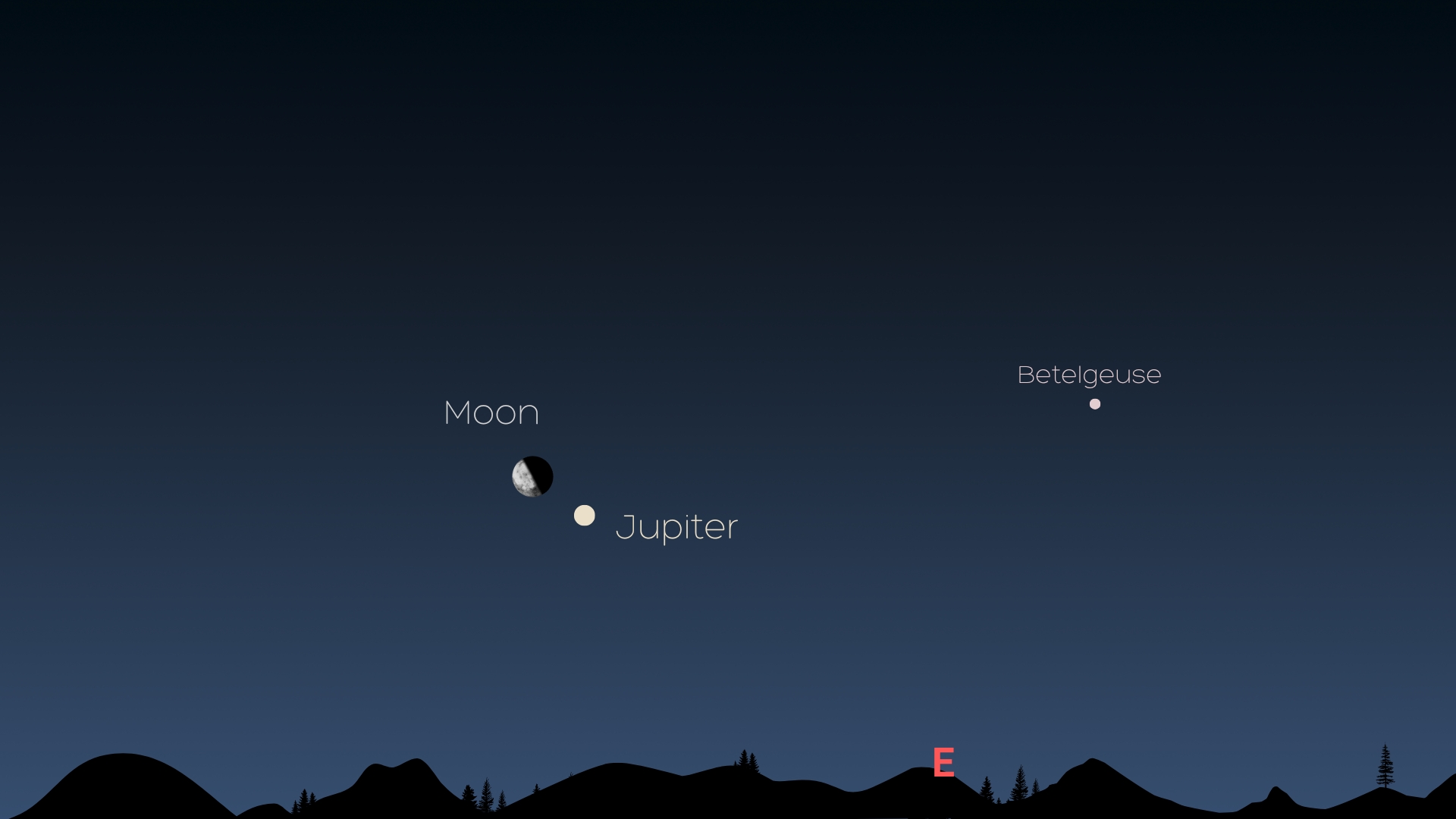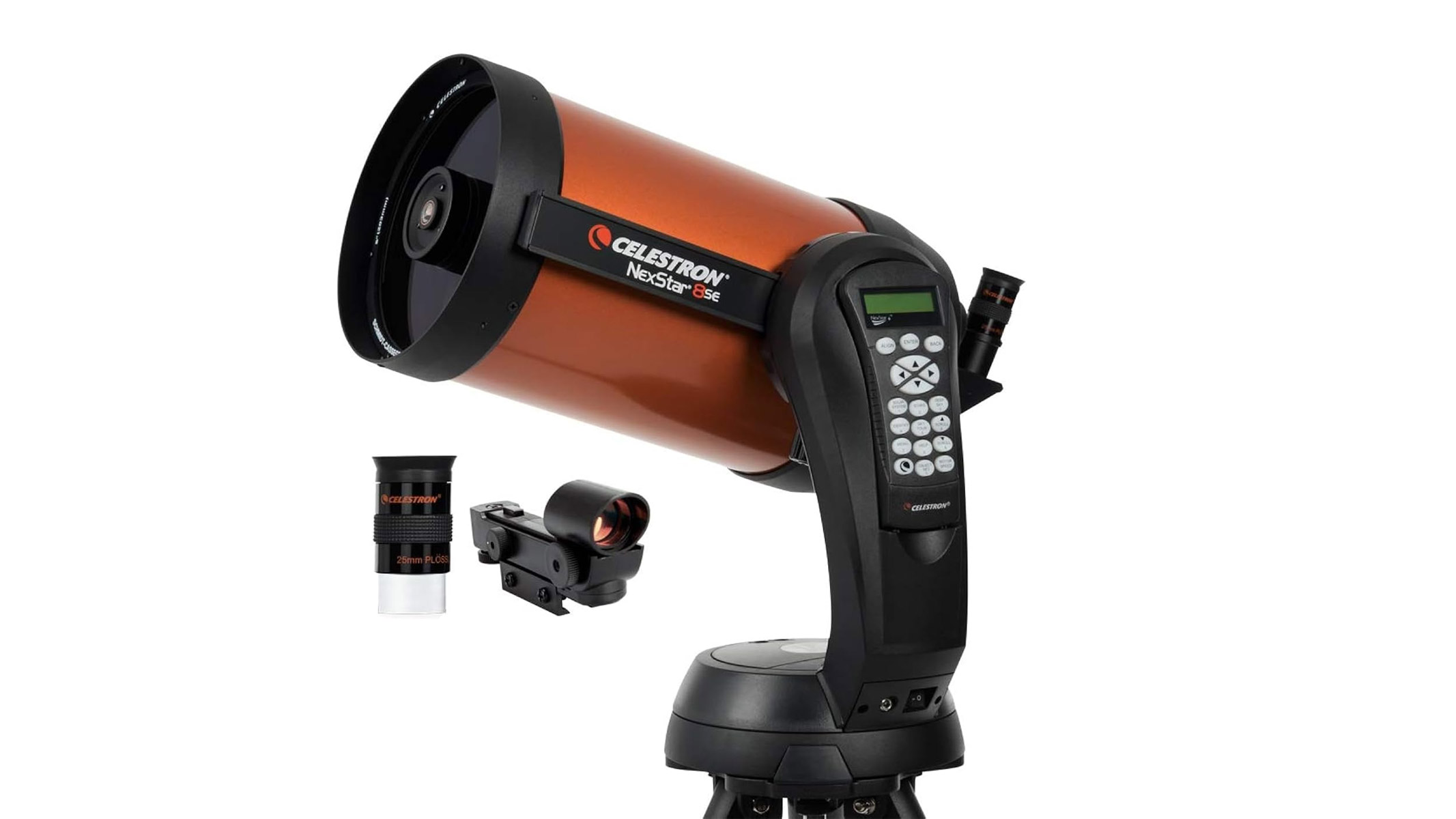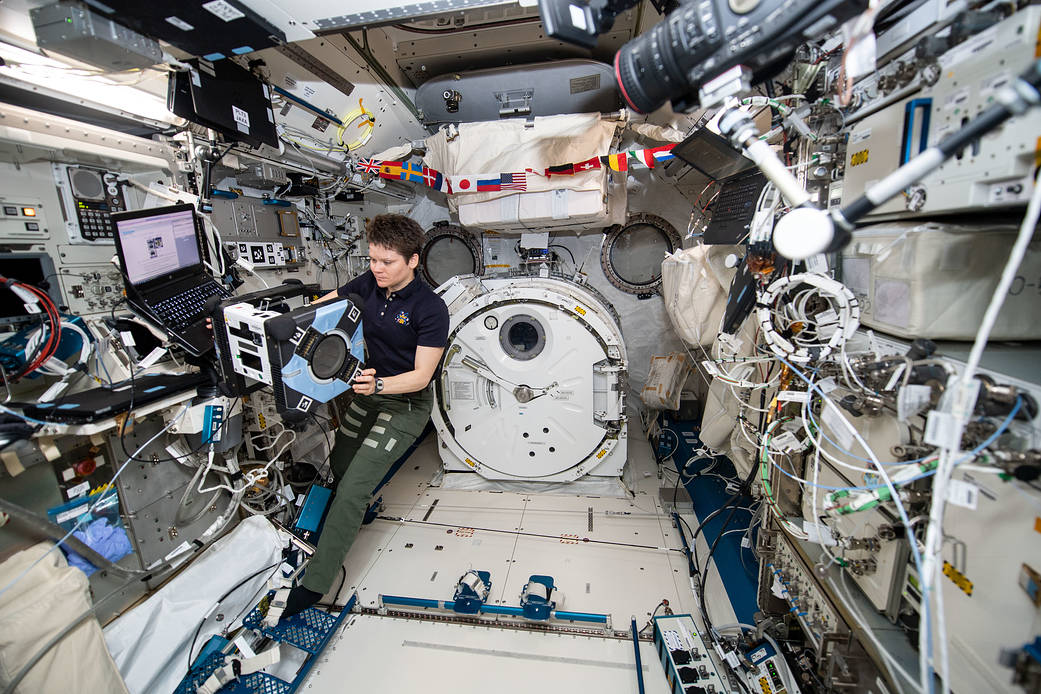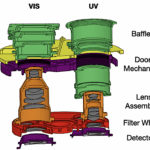Scientists at the Leibniz Institute for Astrophysics Potsdam (AIP) have uncovered the intricate magnetic heartbeat of a distant star remarkably similar to our own sun—but much younger and more active.
Hot Posts698- Page
If you’re up late on Monday night (Oct. 13), or awake in the predawn hours of Tuesday (Oct. 14), look east for a striking sight. The moon, just hours past
Earth (ESD) Earth Explore Explore Earth Home Agriculture Air Quality Climate Change Freshwater Life on Earth Severe Storms Snow and Ice The Global Ocean Science at Work Earth Science at
Assembly formed by primordial peptides as observed by bright field Microscopy Credit Frenkel-Pinter Lab Why did life on Earth choose alpha amino acids as the building blocks of proteins? A
View larger. | Prototype of a Tumbleweed rover nicknamed Pink Lady, in the Negev desert in Israel. Swarms of Tumbleweed rovers could explore large areas of Mars, using only the
GOTHAM DRV observations and simulations. The top panel shows the calibrated observed spectra in black in K (left axis) and the noise level per channel in grey in mK (right
Periodograms of the raw RV time series (top panel) as well as of the residuals after subtracting the OGP (middle panel) and the ILP (bottom panel), for HD 23079 (left),
The Cassini spacecraft caught the 6th planet from the sun and its rings like never before. In this image, Saturn’s rings are gloriously backlit with the sun blocked by the
The crescent moon shines close to Mars above the western horizon at sunset on Sept. 24, but you’ll need to be quick to spot the red planet before it slips
(Top) NASA astronaut Anne McClain performs the first series of tests of an Astrobee robot, Bumble, during a hardware checkout in May, 2019. (Bottom) NASA astronaut McClain poses with Astrobee
-
 012024 in Review: Highlights from NASA in Silicon Valley
012024 in Review: Highlights from NASA in Silicon Valley -
 02Panasonic Leica Summilux DG 15mm f/1.7 ASPH review
02Panasonic Leica Summilux DG 15mm f/1.7 ASPH review -
 03How New NASA, India Earth Satellite NISAR Will See Earth
03How New NASA, India Earth Satellite NISAR Will See Earth -
 04And Thus Begins A New Year For Life On Earth
04And Thus Begins A New Year For Life On Earth -
 05Astronomy Activation Ambassadors: A New Era
05Astronomy Activation Ambassadors: A New Era -
06SpaceX launch surge helps set new global launch record in 2024
-
 07Space Force plans new ‘Futures Command’ amid pressure to speed up modernization
07Space Force plans new ‘Futures Command’ amid pressure to speed up modernization














